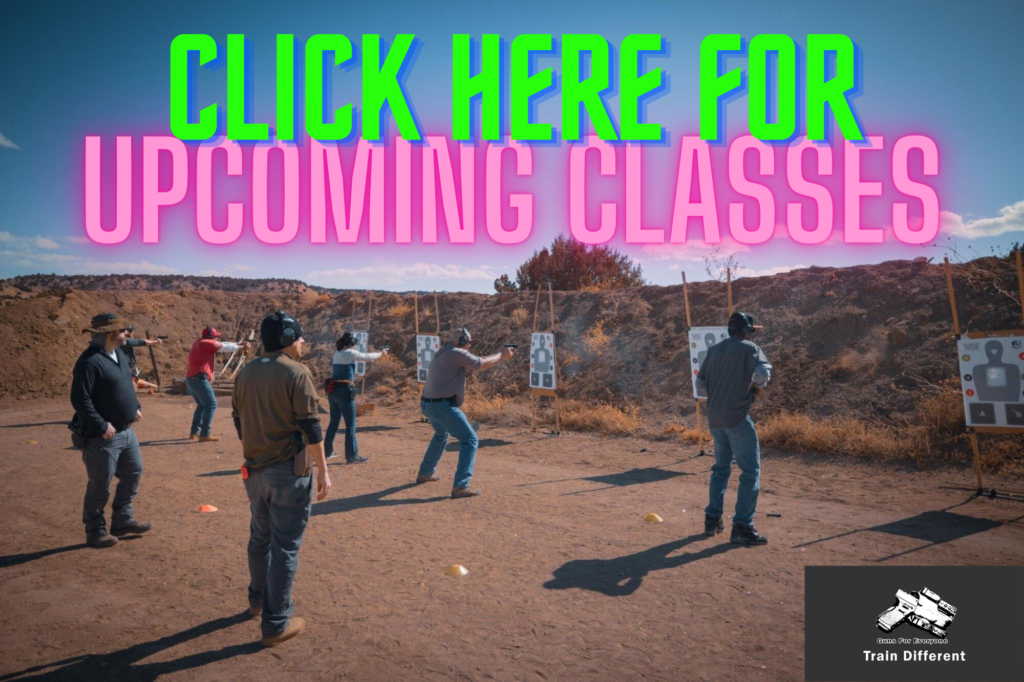Much ink and video has been devoted to the mass shooting and the young man that stopped it on July 17th, 2022 in Greenwood, Indiana. Eli Dicken, a 21 year old man who was carrying a concealed handgun that day was mentally and physically ready to stop an evil, murderous threat, and that is exactly what he did.
While the gun community and many others rightfully hailed his actions, details on exactly what happened were not very well known or understood. What we were initially told was that Eli fired a total of 10 rounds, with 8 hits, at a distance of 40 yards, in about 15 seconds. As is par for the course, overzealous gun owners took this as the whole story and began to analyze the shooting according to these sparse details.
However if you really understood the nature of gun fights, the human body, and other factors in self defense and you look at these details, it should be obvious that these details really couldn’t have been the whole story. Many have been patiently waiting for more details to emerge so that we can better understand what happened and hopefully take the right lessons away from this event.
On December 21st, the Greenwood police and the FBI held a press conference to give their findings in the case and announce that Dicken would not be charged. Dicken’s attorney spoke out about what happened in an interview the same day with WTHR in late December and gave his account of what he saw in the still unreleased surveillance footage from the mall security cameras. What we have now learned is different from the impression most people took from the original details.
Eli was eating dinner in the food court with his girlfriend. At 5:57 pm, the shooter began firing at shoppers on the other side of the food court after emerging from a hallway. He eventually fired a total of 24 rounds from his AR-15, killing 3 people. Eli reacted by pushing his girlfriend to the floor and took up a position of cover behind a pillar. Eli fired his first 2 shots just a few seconds after the gunman started shooting. His first shots were fired from a stabilized position (atop a trash can) and from approximately 40 yards away from the bad guy. Dicken was forced to stop shooting as bystanders ran in front of his muzzle (at 40 yards in a public space, this was a near certainty). He then had an opportunity to fire 2 more shots from that position and distance. Out of those first 4 shots, he scored 2 hits.
By this time, the bad guy had begun to retreat back into the hallway that he came from. Dicken then moved to close the distance and get into a position to re engage with the now moving threat. At a distance of approximately 20 yards he fired 4 more shots, gaining 4 more hits. Finally Eli closed the distance to about 20 to 25 feet for the last two shots fired as the bad guy stumbled to the ground. At this point the threat was over. The approximate amount of time from when the bad guy started his attack to when the shooting stopped was 15 seconds.
Almost immediately after the shooting stopped and as Eli was assessing the bad guy, a mall security guard made it to the hallway where Eli and the bad guy were. Eli begins to reholster right about the same time the first police officer arrived. In the middle of a mass shooting, having a gun in your hand is a very high risk as law enforcement arrives. It sounds like Eli reholstered as soon as he was sure that the threat was over, but an officer was already arriving. Fortunately the officer quickly assessed that Eli was a good guy and began to control the scene without further endangering Eli.
Let’s look at some of the lessons we can take from this event. Situational awareness during a self defense encounter is critical, and also difficult. Eli apparently did a stellar job of managing his shooting in a crowded, dynamic environment. There was risk in his decision to engage the threat but he managed the risk well and we can clearly see that the benefits of his decision outweighed the risk. This shooting further demonstrates that in a dynamic critical incident, using the “4 universal firearm safety rules” as our approach to safety is absurd. Dicken was actively engaging with the threat and unpredictable bystanders were panicked and running in front of his sight picture. Is it reasonable to expect Eli to “Always keep the muzzle pointed in a safe direction” as he is involved in an active gunfight in a crowded area with a bad guy so far away? This is why we teach that our approach to safety must always be to understand and manage risk and benefit, and that our skills must be ready to meet that risk and control it as much as possible.
We also learned that Eli moved toward the threat. Normally this is not possible, nor is it legally or tactically advisable. But absolutes should be avoided in the world of self defense and this is an example of where closing the distance on a threat proved to be the right move. Without knowing how motivated the bad guy was, Eli picked the right tactic of pressing the fight to the threat and definitively ending it. This tactic again carries it’s own physical and legal risk, but the benefit was to put a definitive end to the active killing in this dynamic critical incident.
Dicken fired from a variety of distances at varying speed. His precision under stress was commendable. But unlike the original story, he did not fire all 10 rounds from 40 yards. His last 4 rounds were fired at approximately 7 yards. We should be focusing our training on balancing the speed and precision of our shooting. Our speed will be determined by the situation, the distance to the target and the size of the target. This will always be a dynamic equation and cannot be applied with a training standard. We also got confirmation that two of the four shots taken at the greatest distance missed the target. In hindsight we can say that no one was hurt by those missed rounds. But 50% accuracy when you are firing in a public space is not an ideal to aspire to. We train to pull the trigger when we believe we will get the hit we want. We don’t attach an arbitrary number to our training and call it “good enough”.
We also learned a few details about the legal aftermath. From the Criminal Defense attorney’s perspective, the police acted professionally and even with compassion. In a self defense shooting, we would all hope that this is the case but most of the time it is not. Fortunately for Dicken, he was treated very well. We also learned that even though Dicken’s shooting was on video, he saved countless lives, he hurt no one else and he acted with extreme skill in a high stress environment, his legal aftermath still took 5 months. 5 months before he could say, “It’s over.” 5 months to get his gun back and 5 months to retain expensive legal counsel. This is why Guns For Everyone recommends that you have a legal plan already in place, and we recommend Firearms Legal Protection for that plan because it’s the best plan on the market and it’s the most affordable.
Dicken’s attorney also alluded to the mental and emotional toll that this has taken on Eli. He is being thanked and congratulated constantly but it’s a reminder each time that he was forced to kill someone, as well as accept that three innocent people lost their lives before he was able to act. That is a heavy toll for any normal person to carry.
The next time you hear a story about self defense, take note that the details matter and the less details we have the less we can be sure of what actually happened, no matter what the youtube experts say. Eli Dicken is a hero, and it would be wrong of me to sit in any kind of judgement of his actions if I wasn’t in his shoes. But we can always take lessons from real life examples and we should not be shy about that.
The final lesson is to carry your tools and train your body. Nobody asked the shoppers that day if they were ready. You are either ready, or you are not. But you do not get to pick the time and the place. Eli was ready, and dozens of lives are owed to his decision to be ready.



